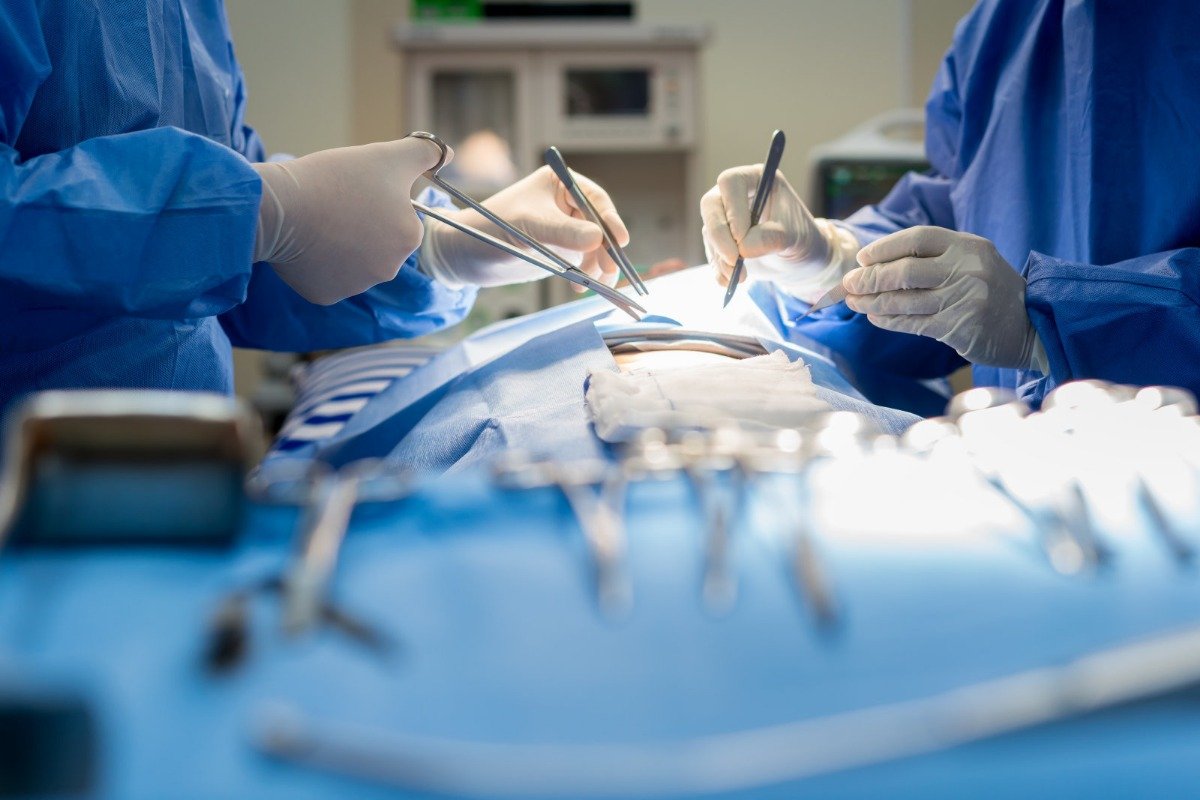The heart muscle cells are made using induced Pluripotent Stem Cells (iPSC). Here the cells are harvested from the donor tissues and are reprogrammed to stem cells, which can convert into any cell. The researchers then placed the heart muscle cells into biodegradable muscle sheets. The designed the sheets to release growth factors and promote the formation of muscle cells. The sheets are then grafted onto the heart to promote the regeneration of the damaged arteries. The sheets The scientists have tested the procedure in pigs, which were shown to improve the organ function. They then transplanted the muscle cells into the patient suffering from ischemic cardiomyopathy, after receiving approval from the Japan Health Ministry.
As of now, the patient is recovering well after the transplant and has been shifted to the general ward. The doctors would be monitoring the patient for a year. In the next three years, the team is planning to carry out a similar transplant in 10 patients suffering from ischemic cardiomyopathy. Osaka University Professor Yoshiki Sawa, a lead researcher of the study, is optimistic that the technology would become a standard in medicine. If found successful, the new technique has the potential to repair the other damaged organs of the body.

